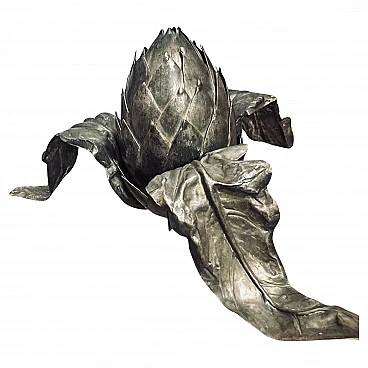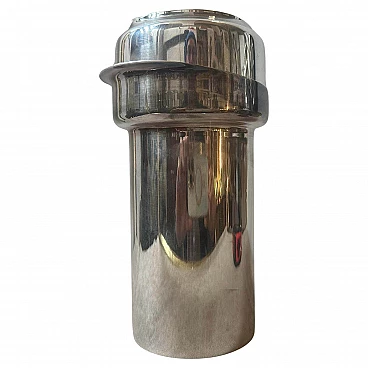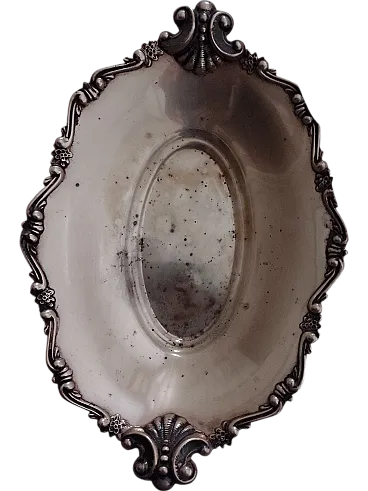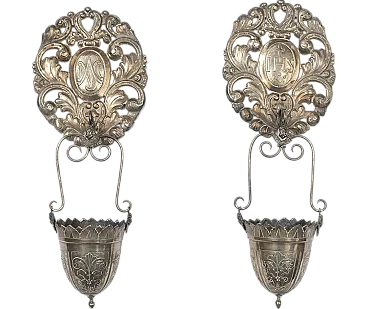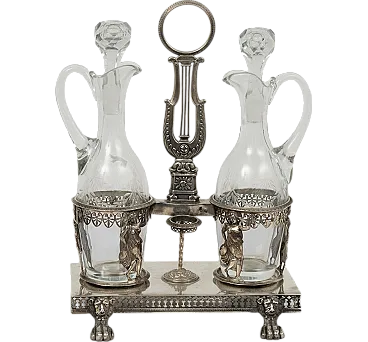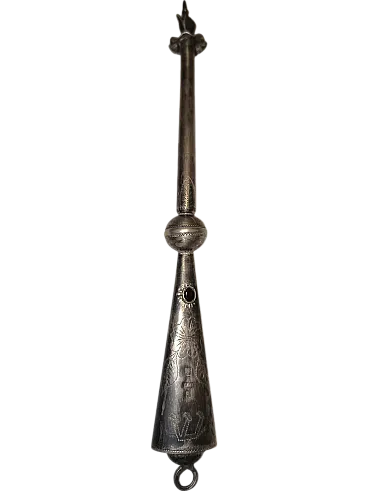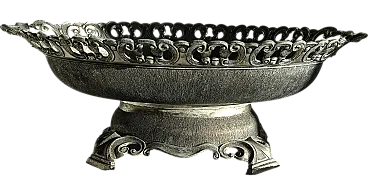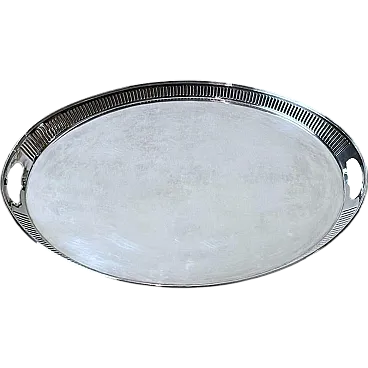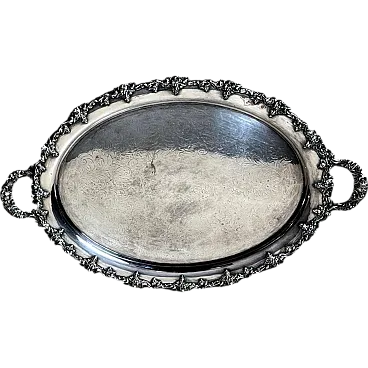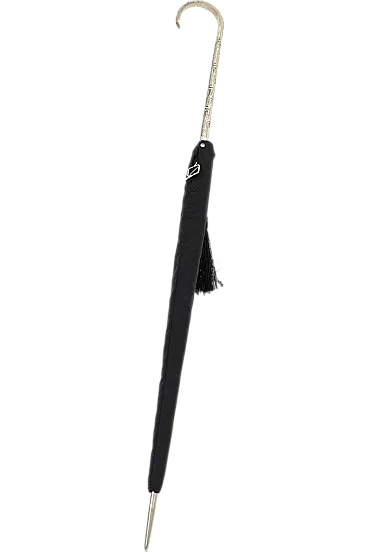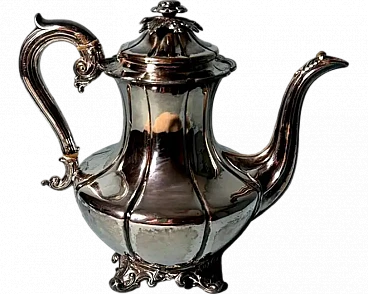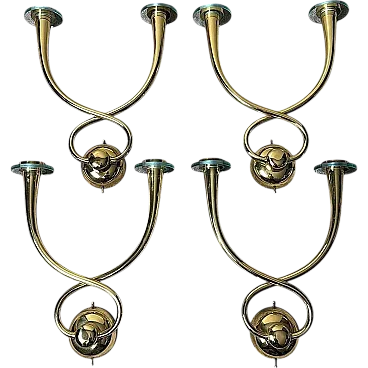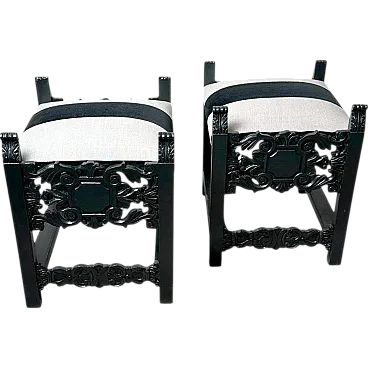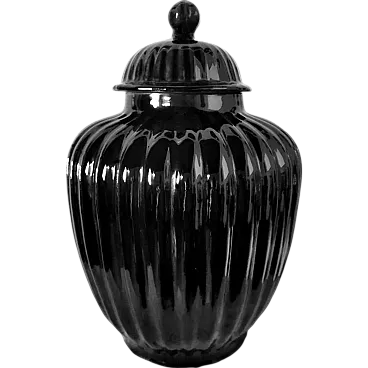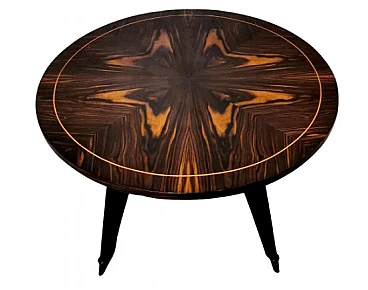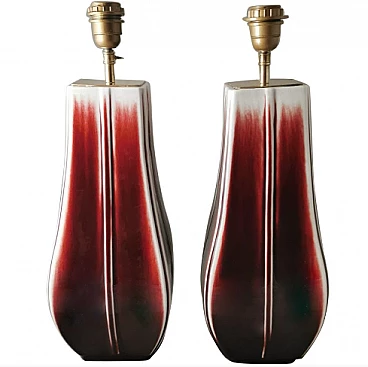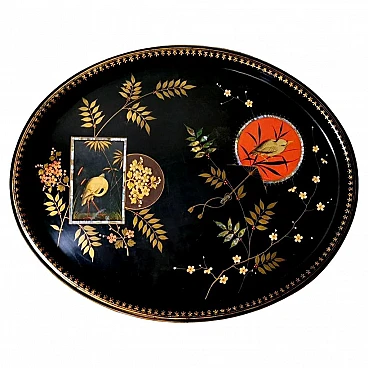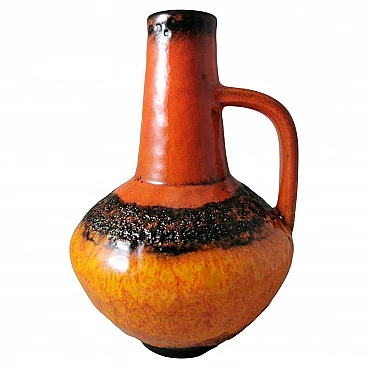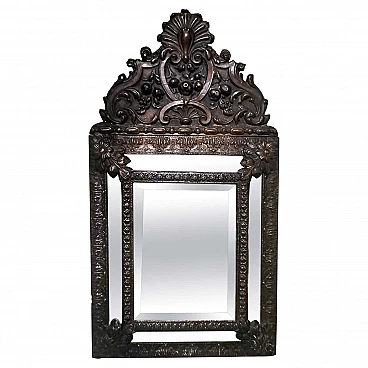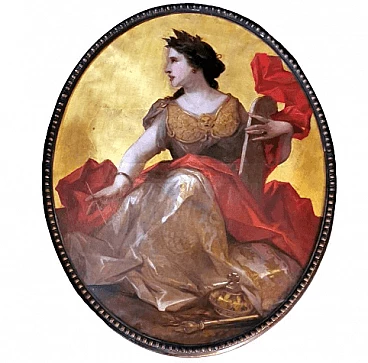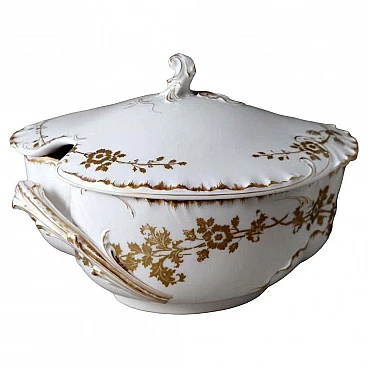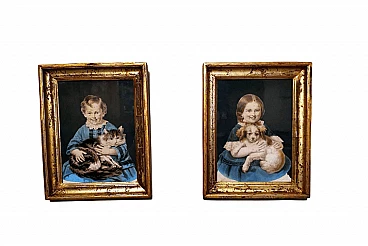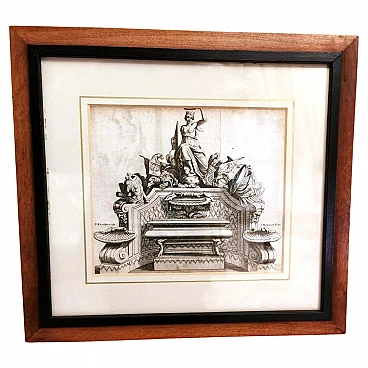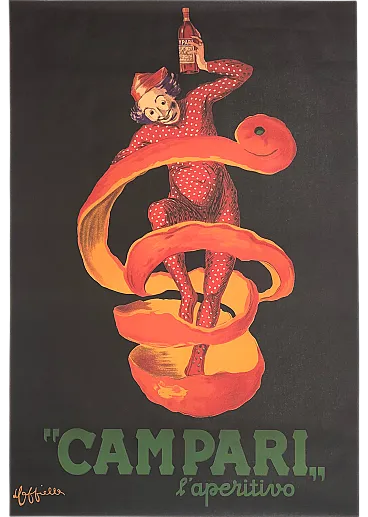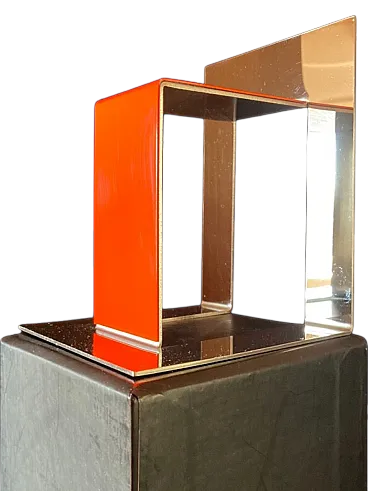A sober and linear English silver-plated teapot-chocolate bowl; the softly curved elongated form of rich elegance is supported by four cast feet; the spout and handle also have a very refined design; on the lid is fixed a cast cyma representing a small fruit with leaves. On the bottom the teapot bears the stamp of the James Dixon Company of Sheffield, with the classic trumpet with banner and the full name; from these elements, we can tell that the object was made between 1890 and 1895 in Dixon's factory in Sheffield. James Dixon and Sons was founded in Sheffield, England, in 1806 and was one of the leading British manufacturers of the Industrial Revolution, helping to give the city its global reputation for manufacturing excellence. Initially working with pewter, electroplated, Britannia Metal, and nickel silver, the company honed its skills over the years and became synonymous with sterling silver and silver-plated cutlery and hollowware. Established customers around the world, from consulates to royal families, have always been the company's clientele; their demand for the highest quality has always been the benchmark for the workshops. The company exhibited at the Great Exhibition of 1851, receiving numerous awards in different classes for silver and Britannia metal. Dixon's 1879 cost book includes designs by Christopher Dresser, recorded from 1880, which were produced until at least 1895, according to the trade catalog published that year. The first corporate trademark of the trumpet and banner was granted in 1879, while the second with the name was added in 1890. Some authors claim that the trumpet and banner trademark was officially registered in 1881, although it was already in use before then. In the 1920s the company began to use stainless steel for the production of flat and hollowware, and production of silver and silver-plated wares declined. The stainless steel spoons and forks produced by James Dixon & Son bore the names “staybrite” and “Firth,” since Firth Brown was the company where “staybrite” steel had been invented in the 1910s. In 1920 the company was converted into a limited liability company, and in 1930 William Hutton & Sons Ltd of Sheffield was absorbed by James Dixon & Sons Ltd. In the 1980s the company had a financial meltdown and production at Cornish Place closed in 1992. The teapot is in good condition. Measures width cm.26, depth cm.12, height cm.25.
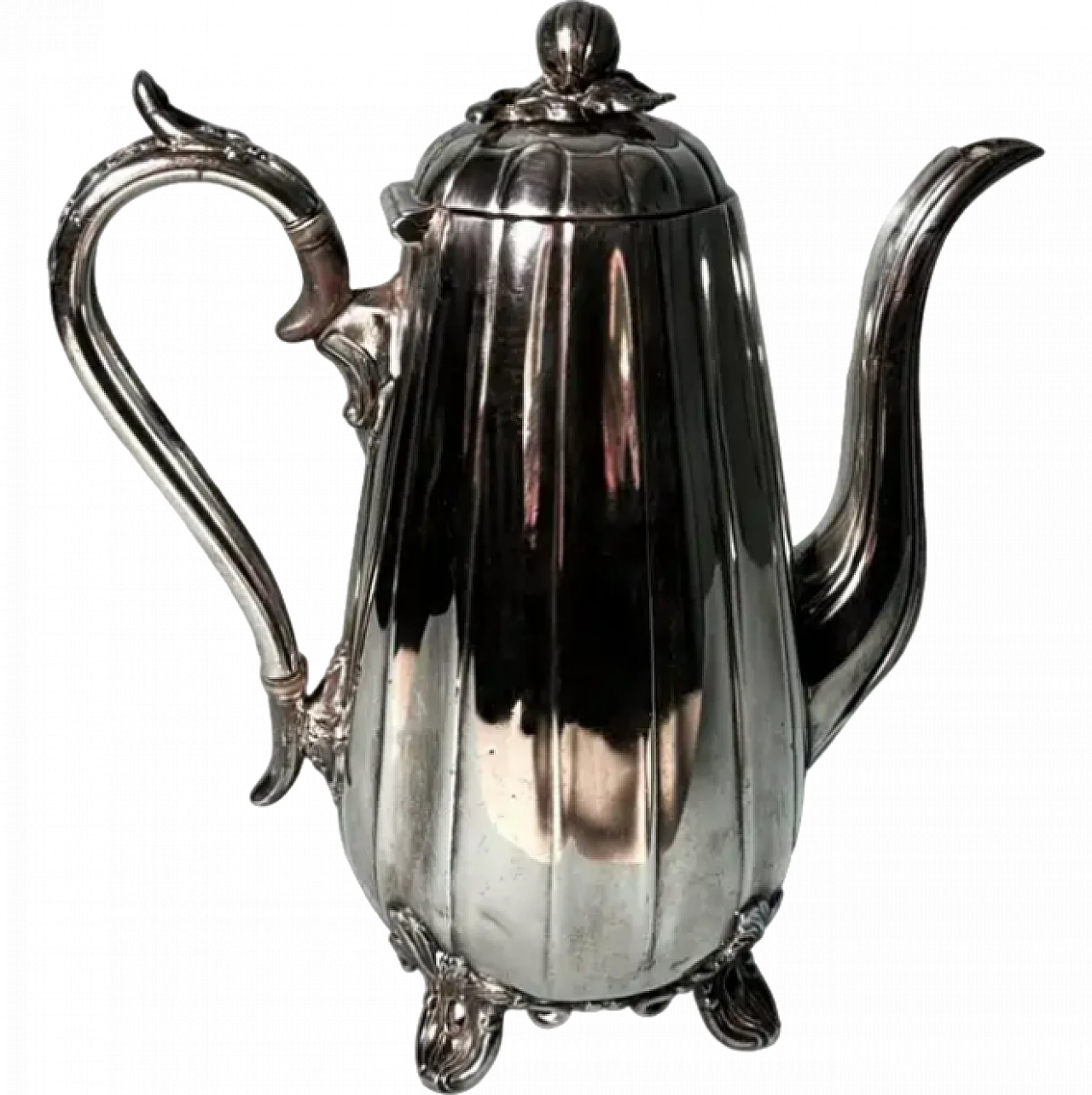
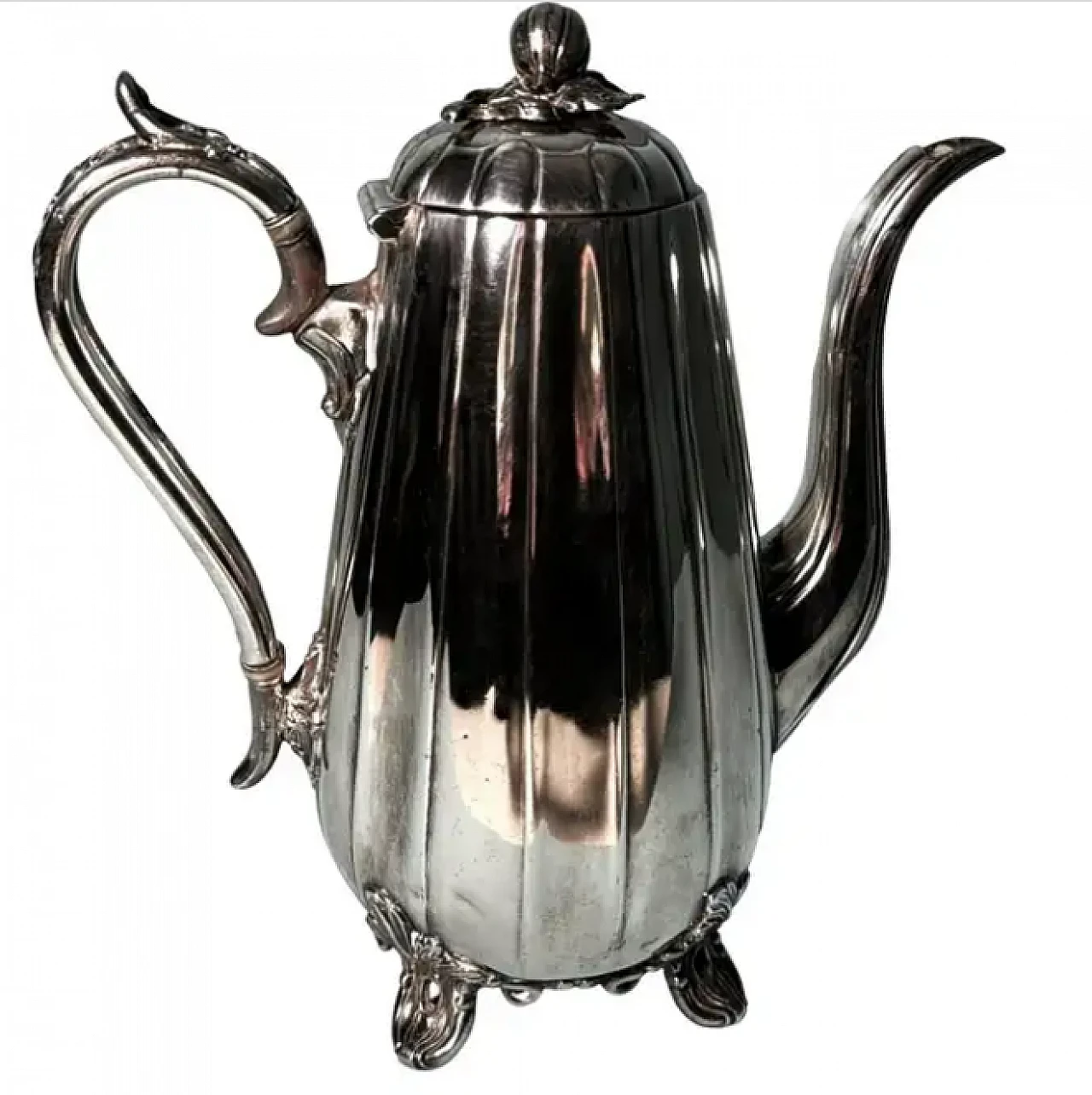
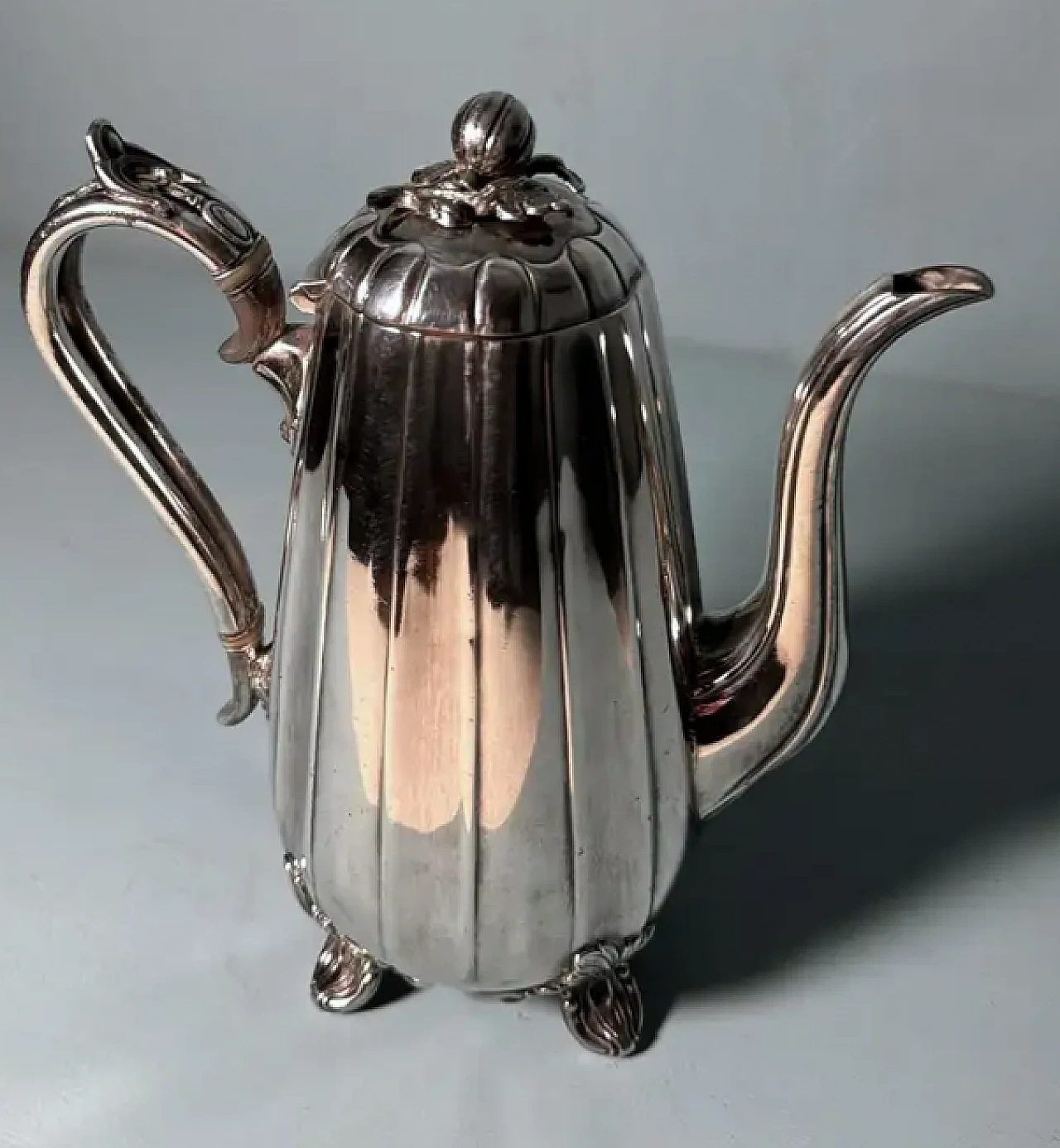
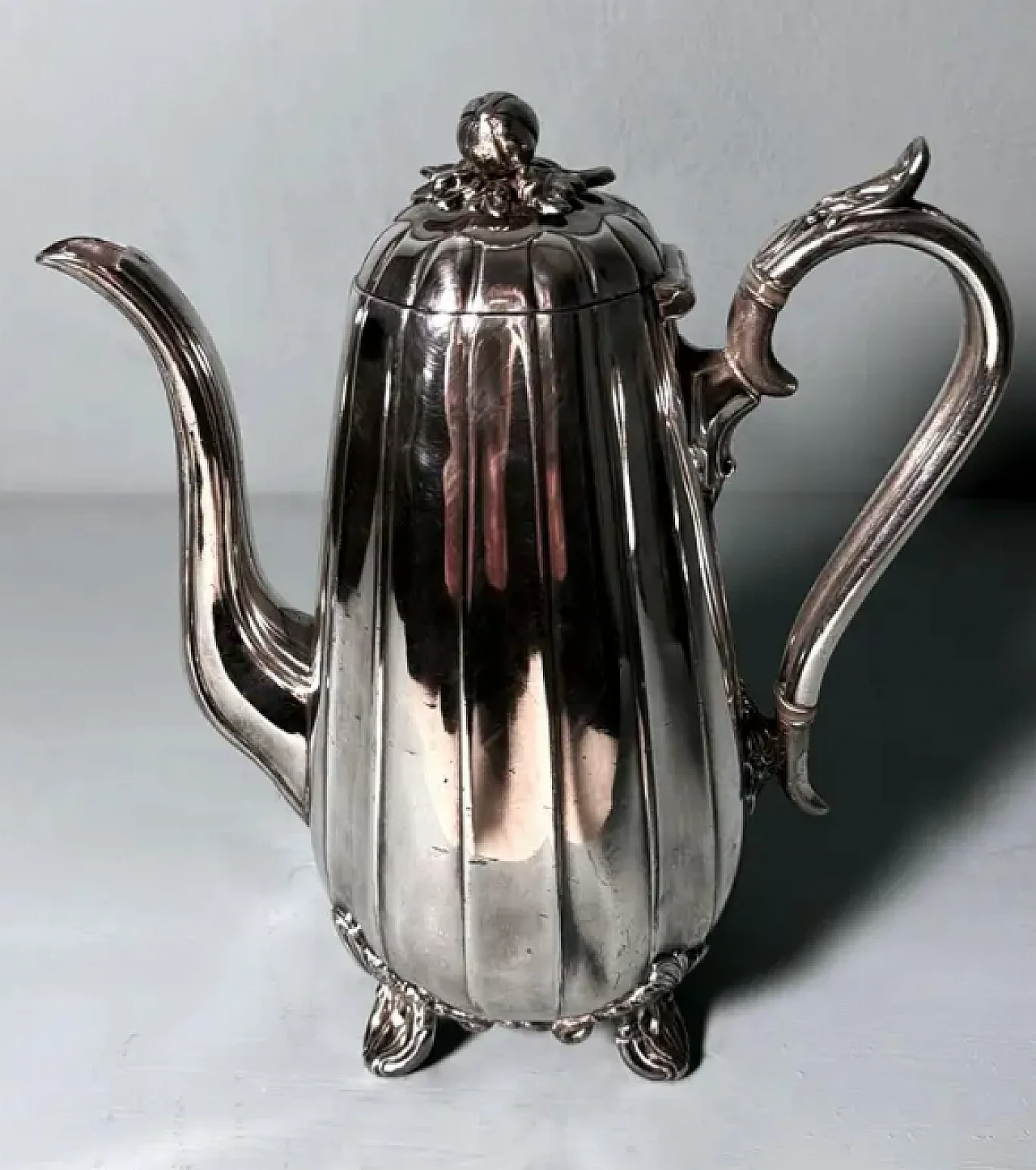
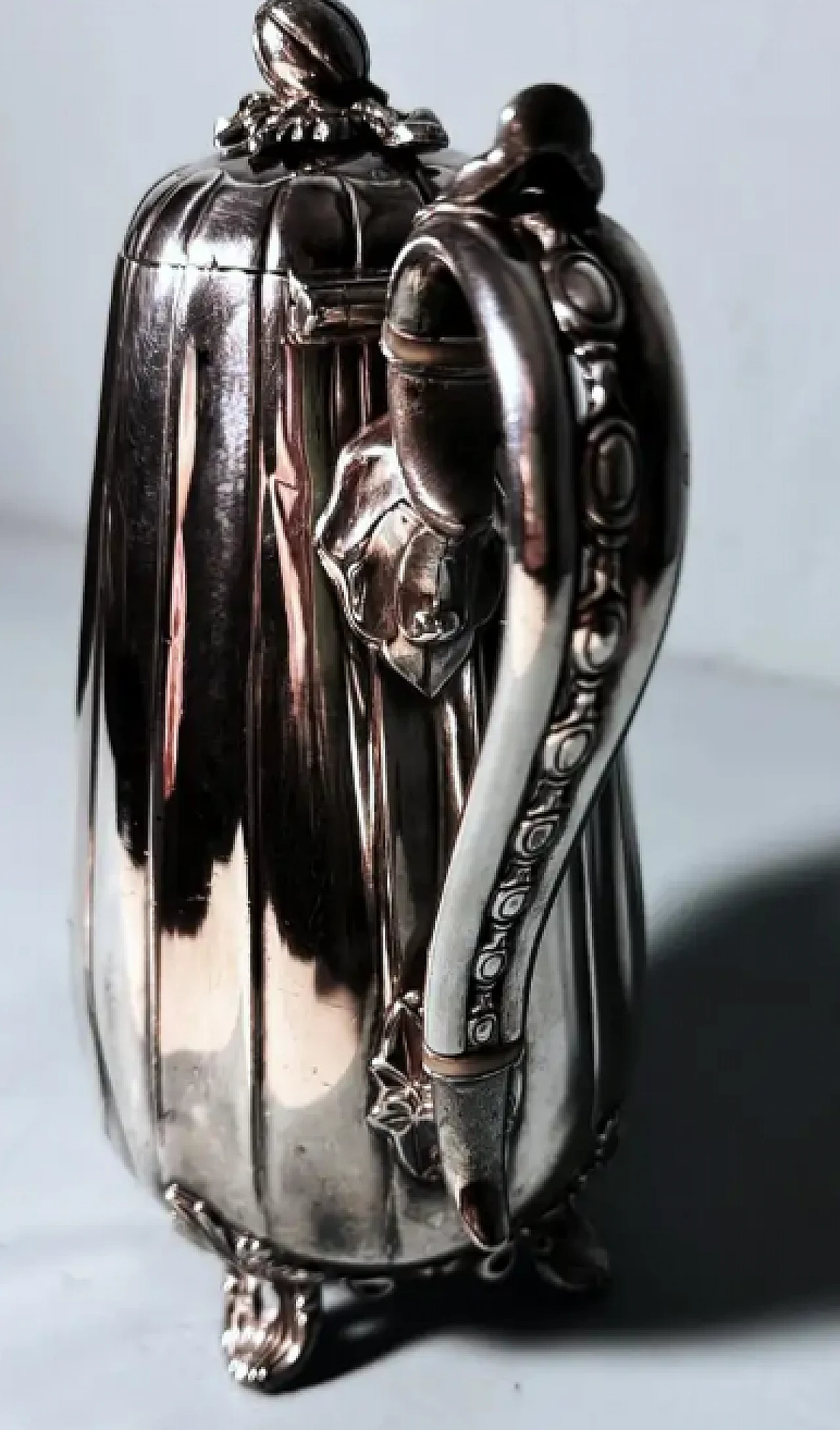
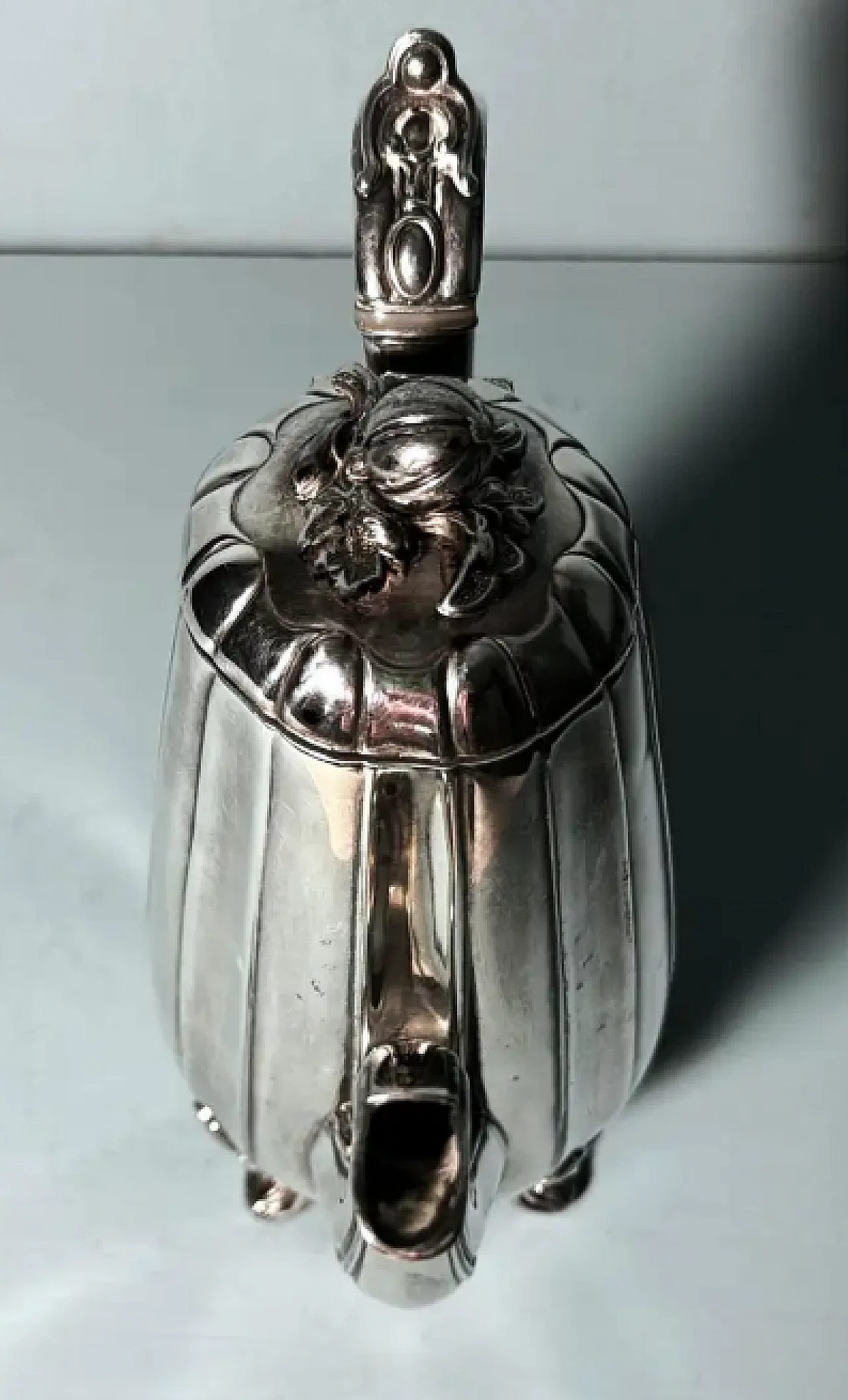
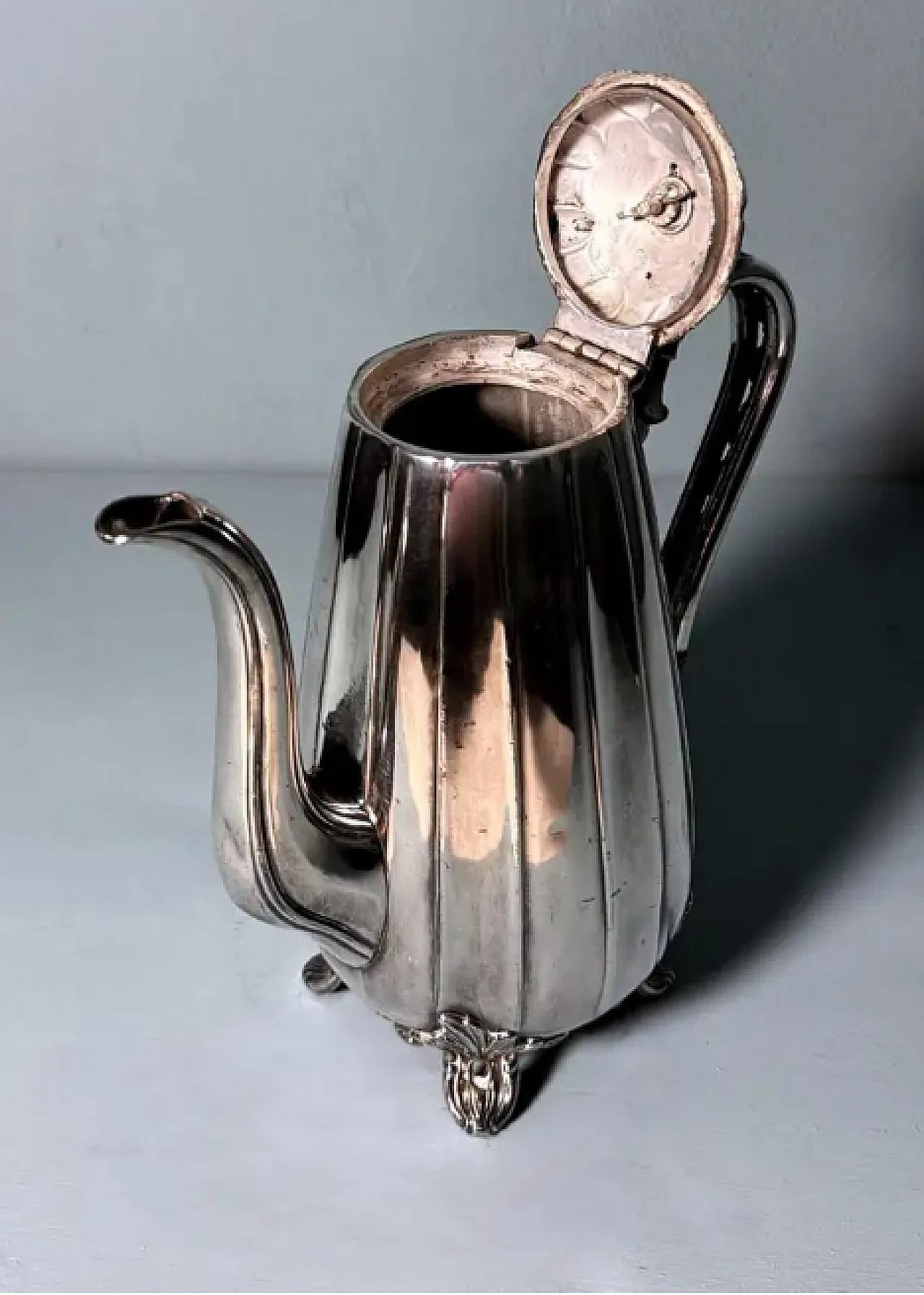
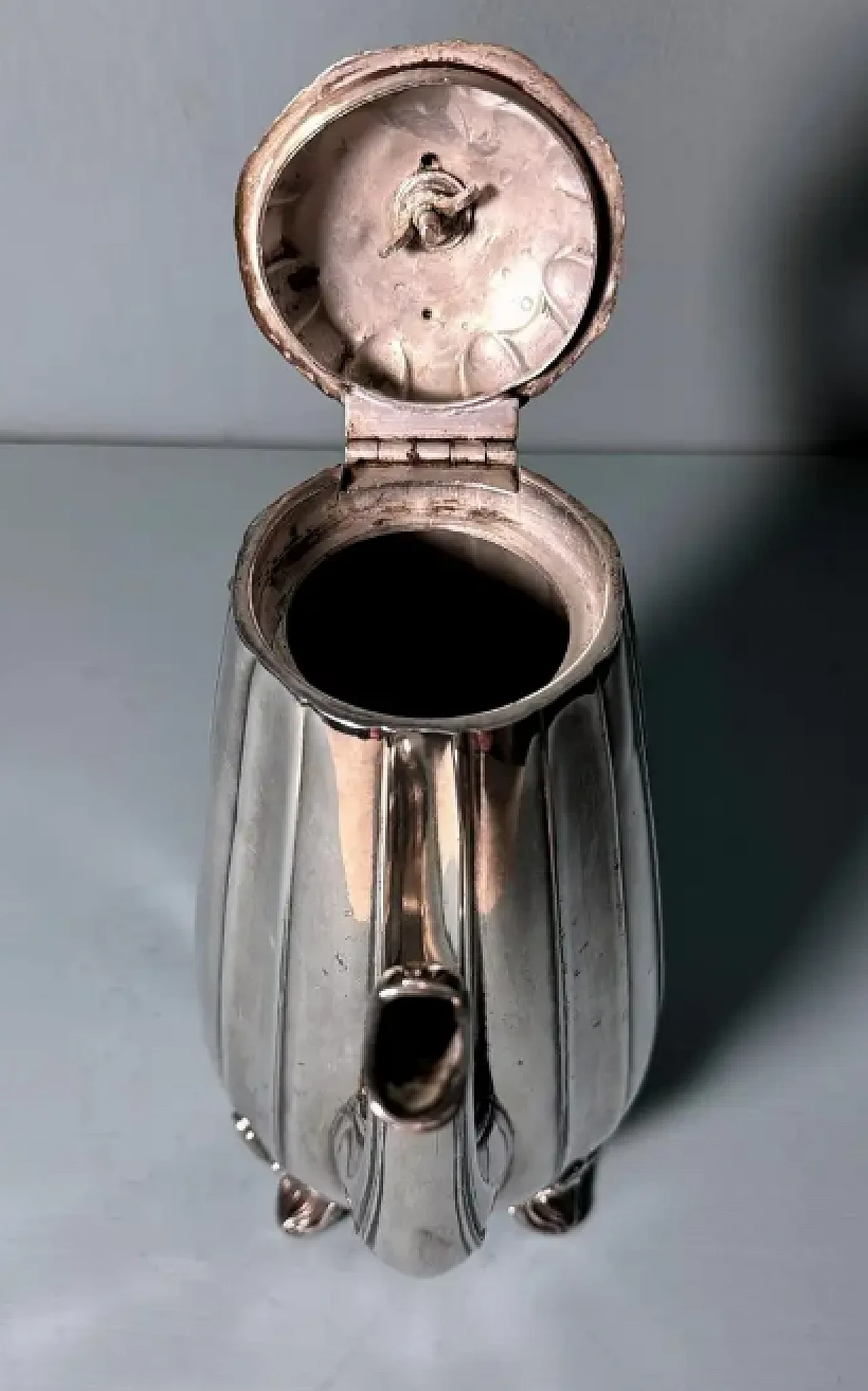
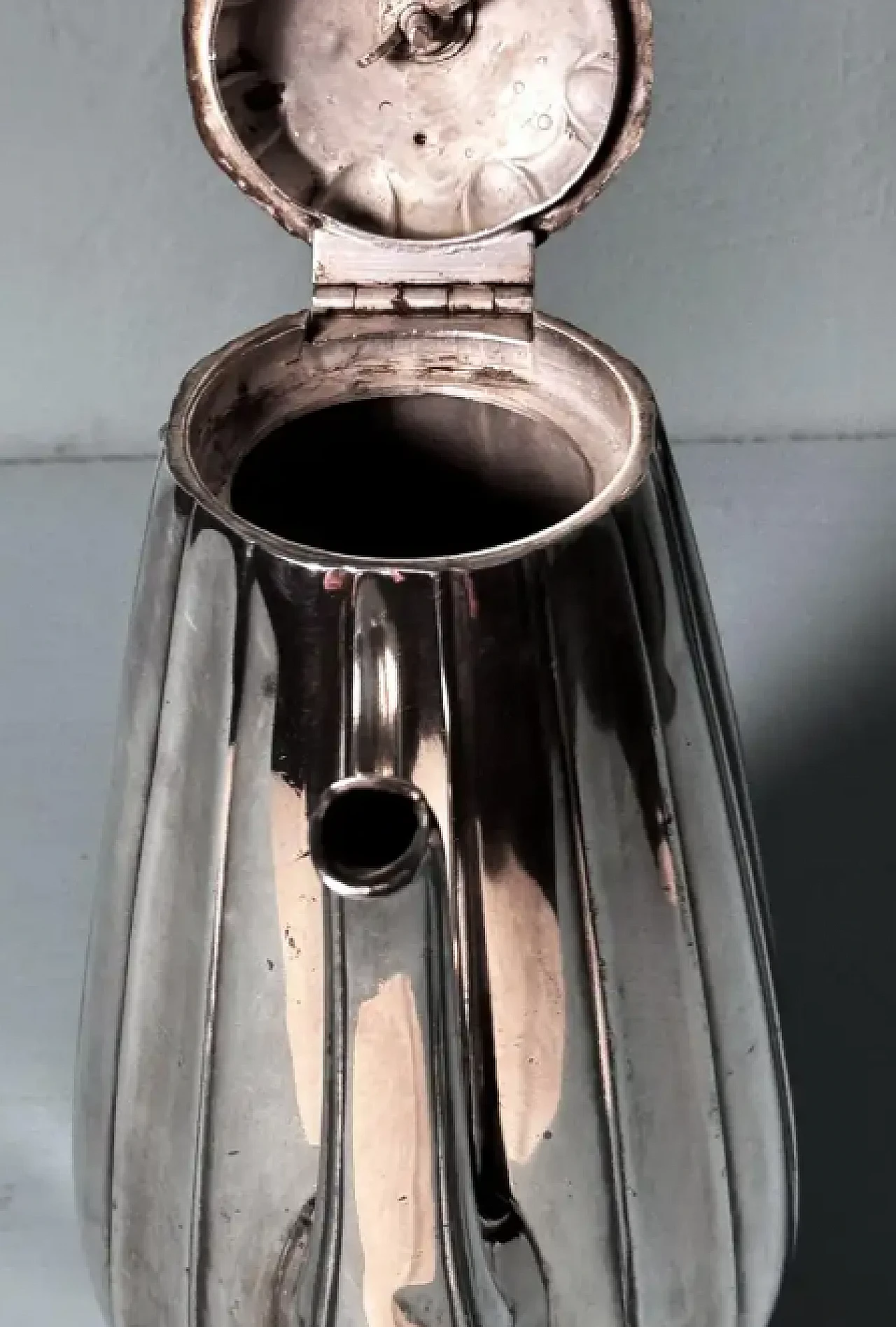
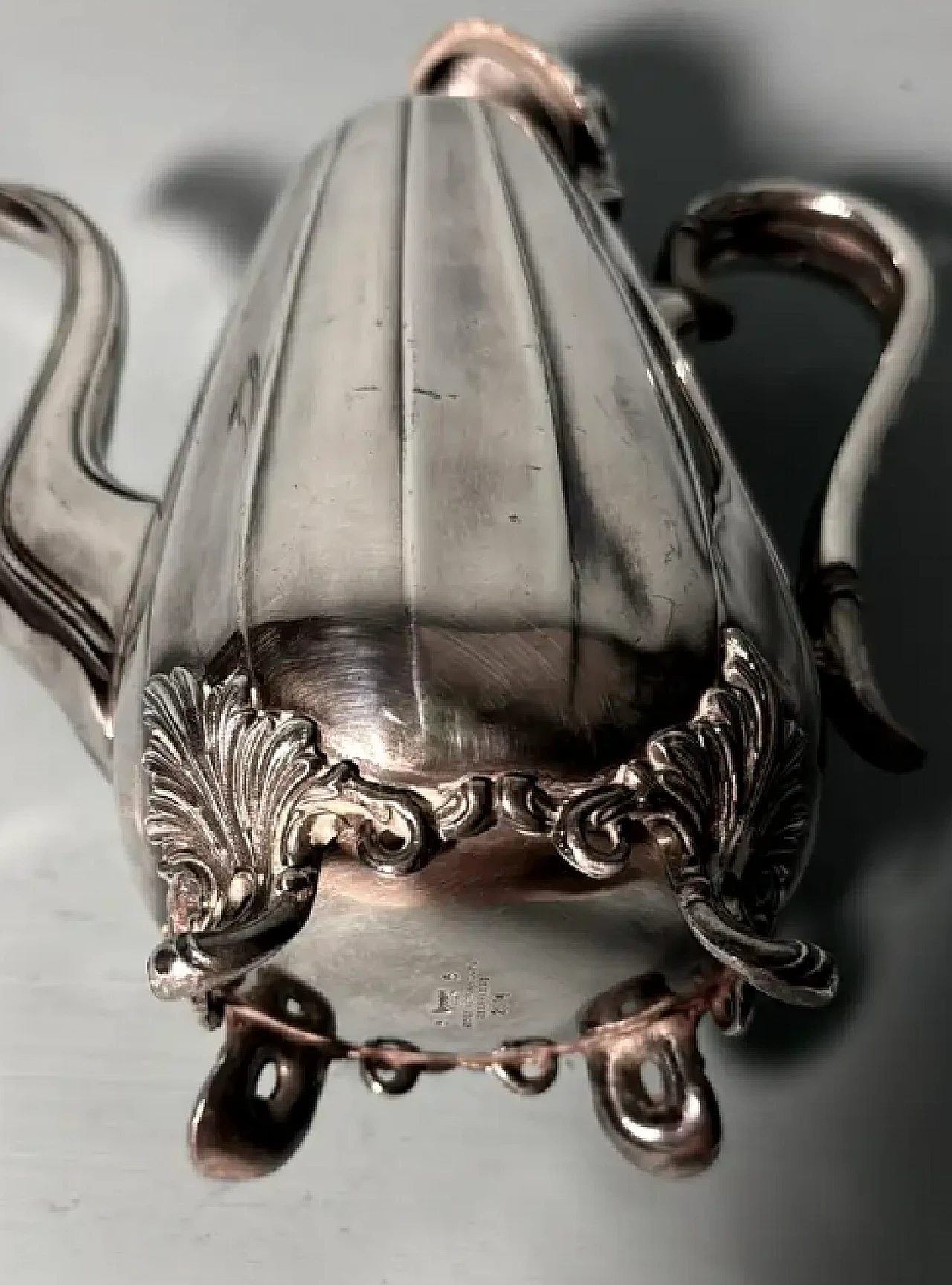

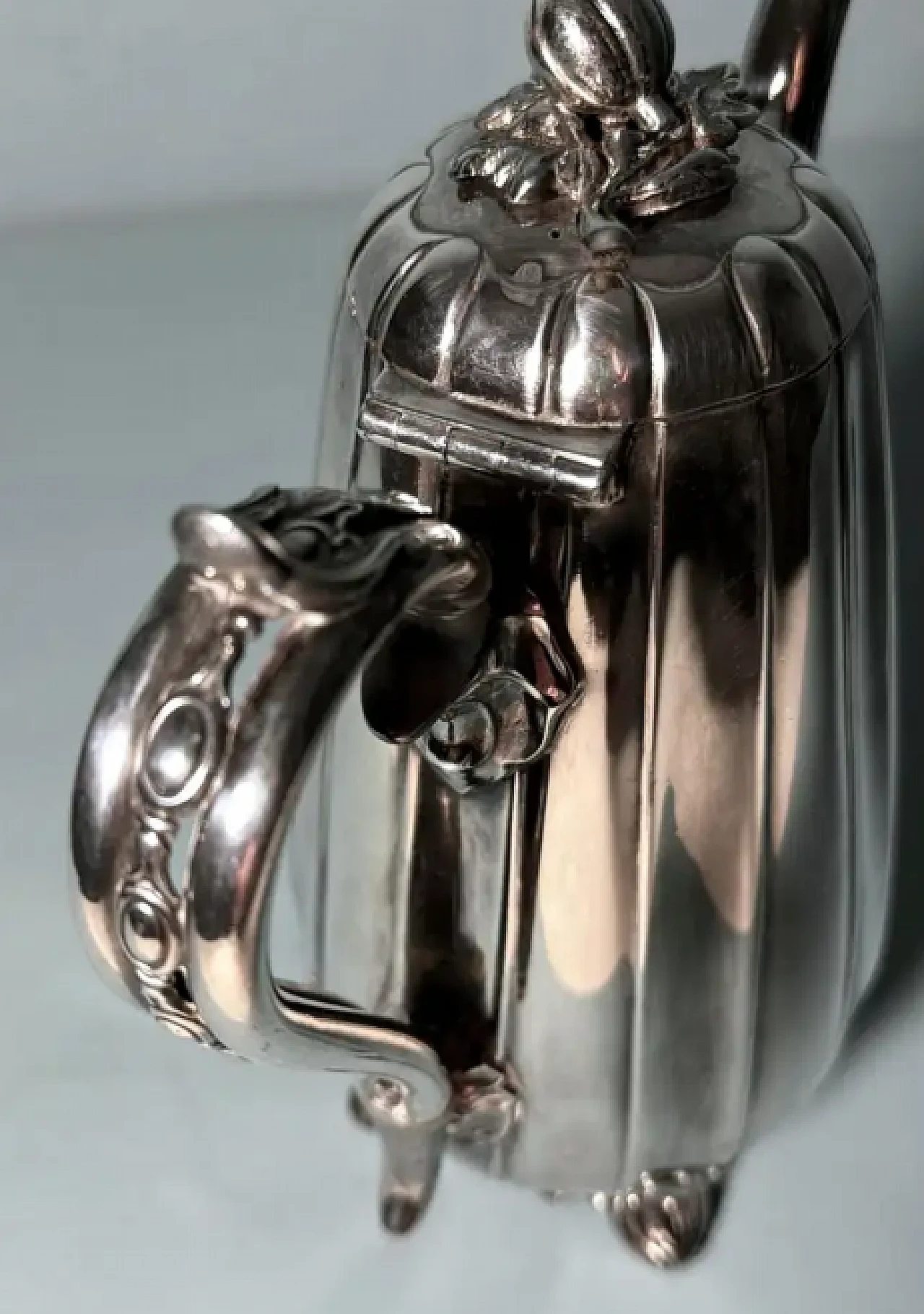
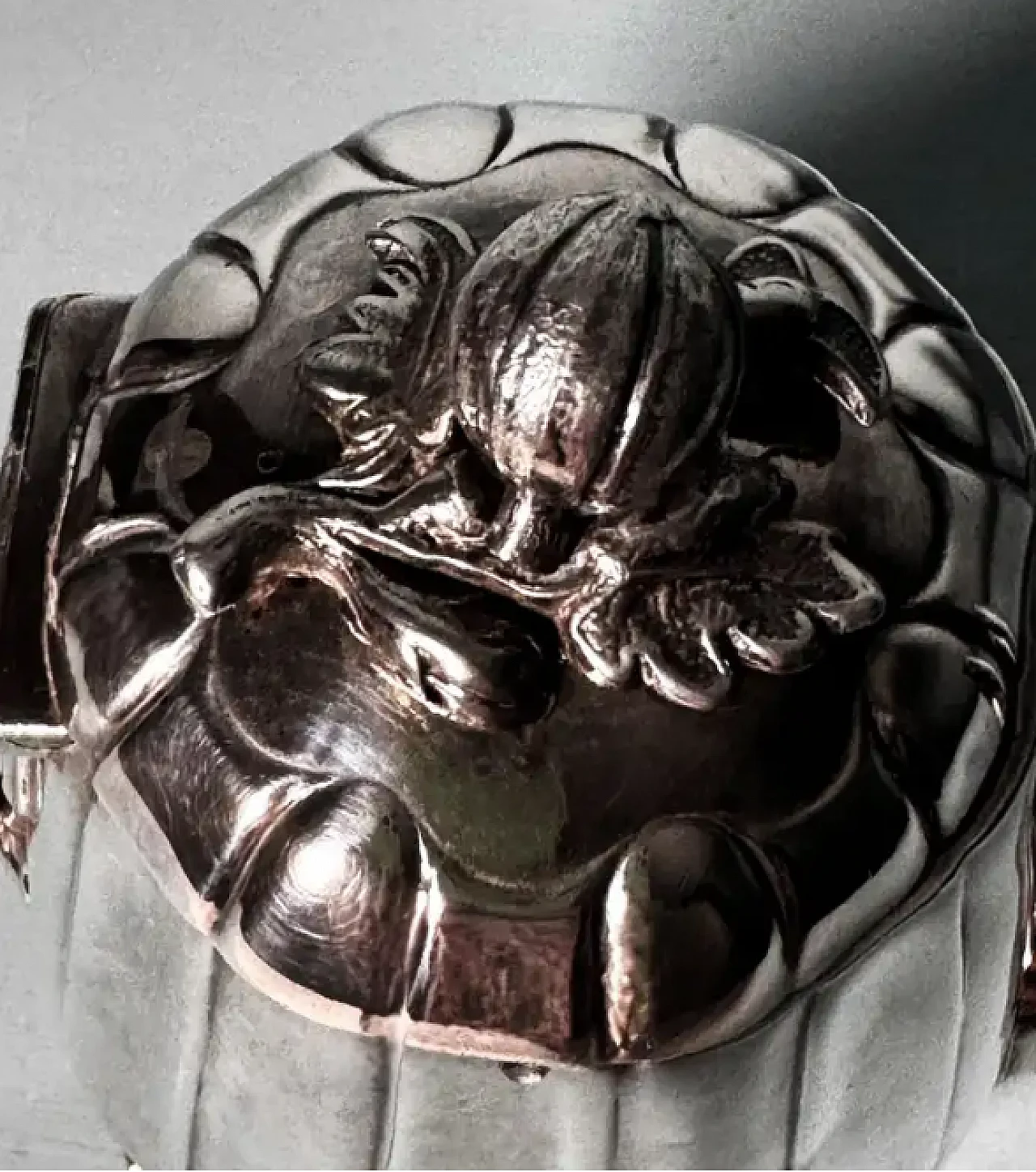
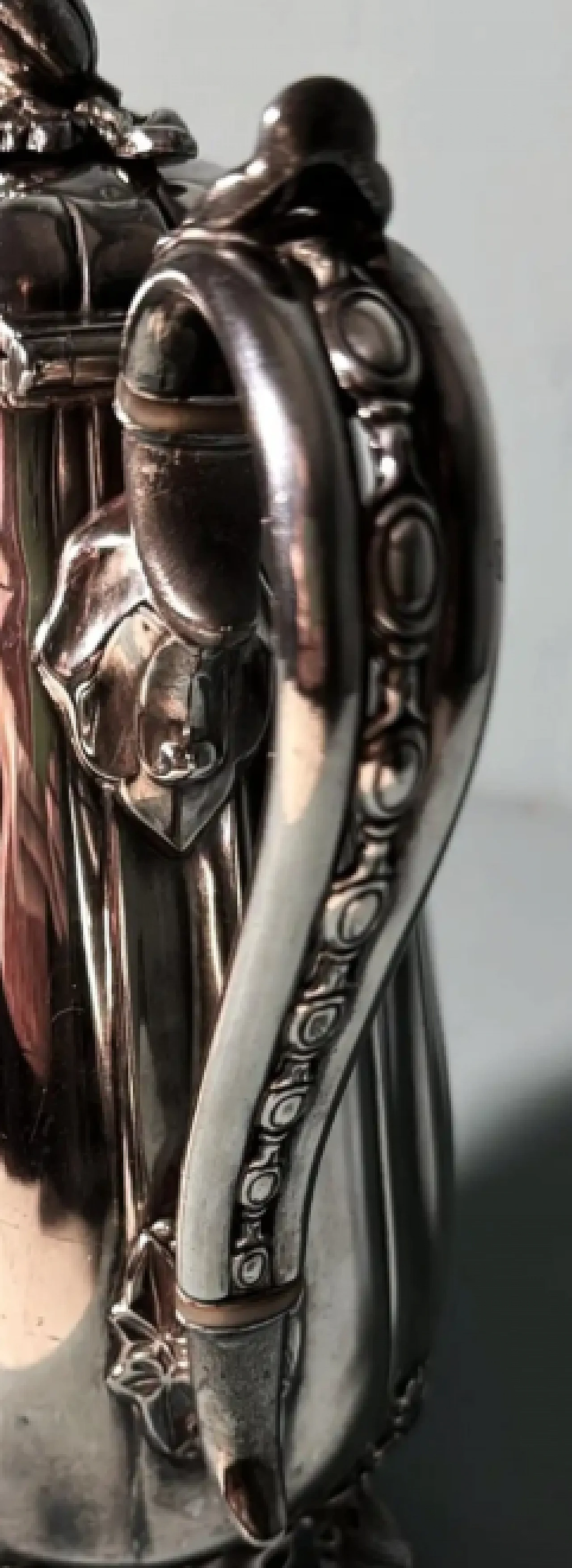
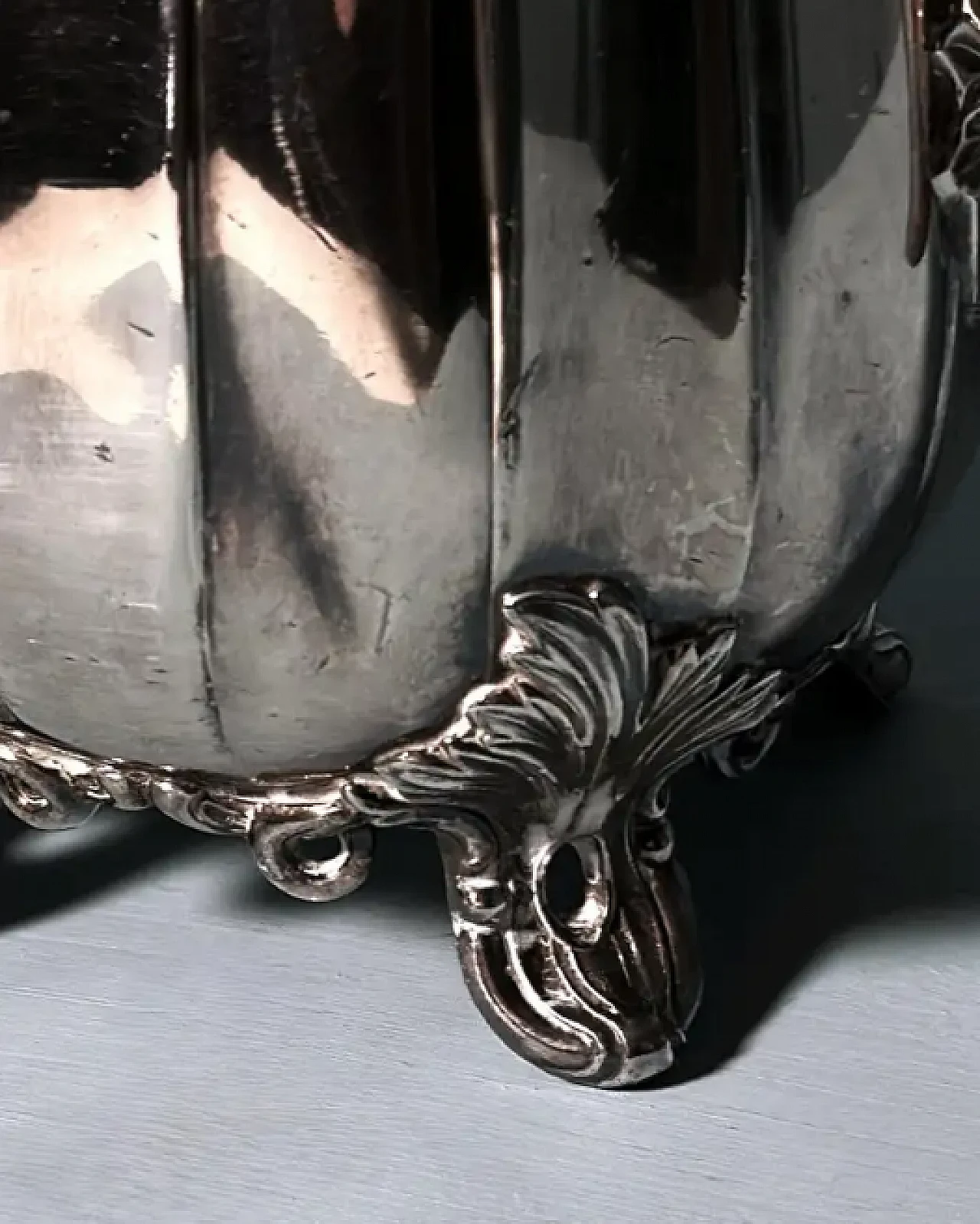
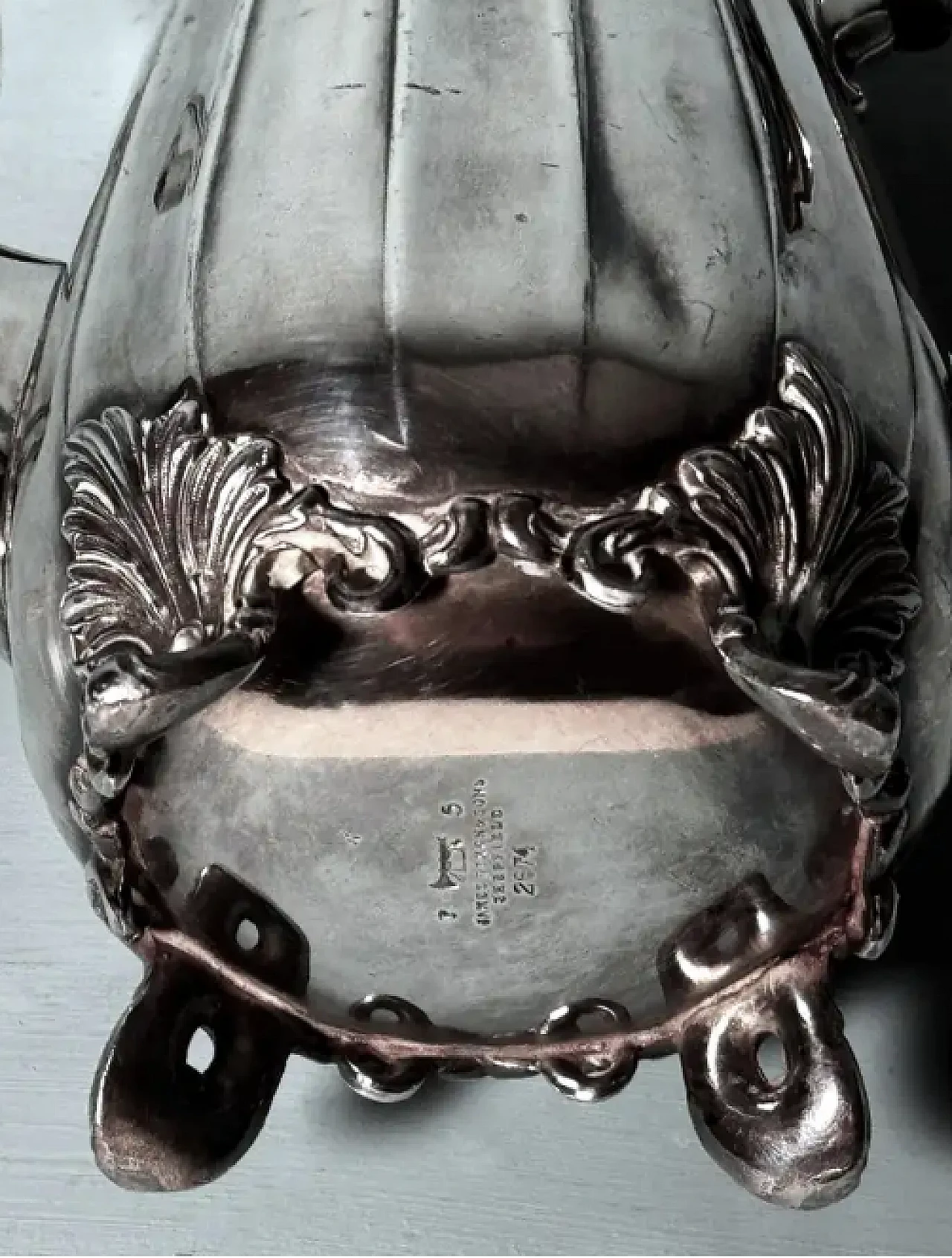
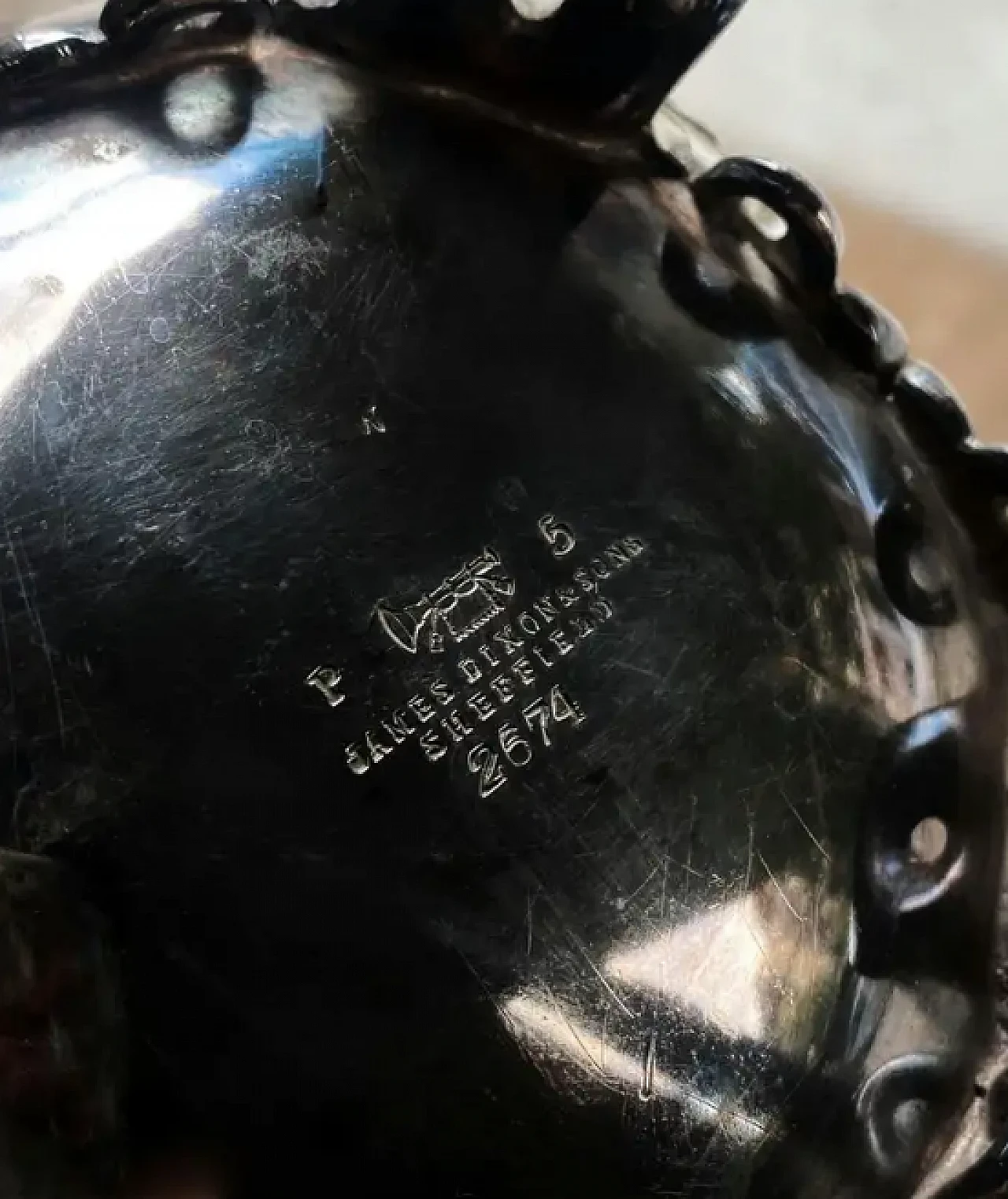
 SILVER Seller in Prato, Italy
SILVER Seller in Prato, Italy






.png)





